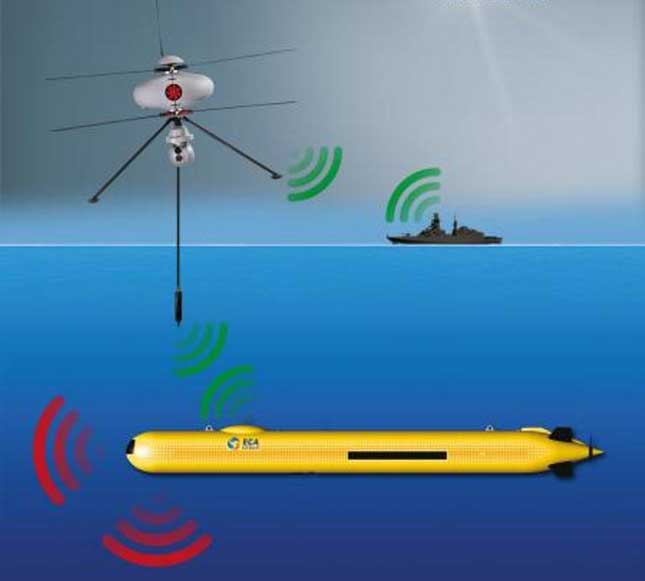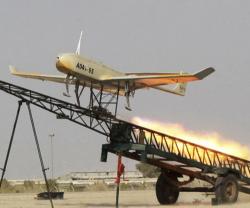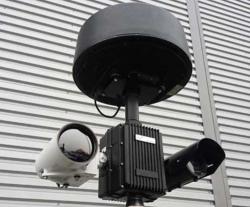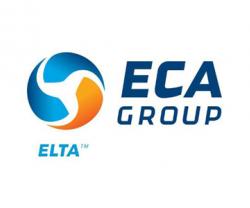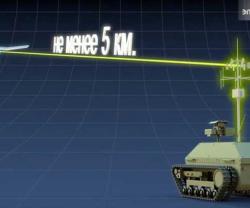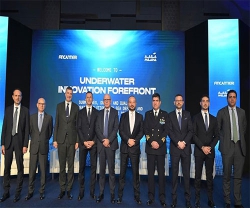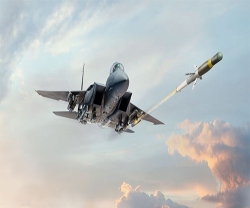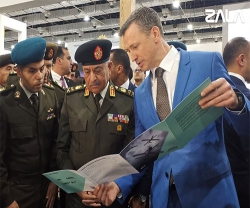ECA Group launched DRONECOM® - a cooperative network for communication between unmanned aerial and underwater vehicles
Underwater drones are used to carry out reconnaissance and surveillance missions at the ocean floor, such as searching for naval mines. They are able to operate in Individual mode for up to 20 hours and cover 2 km²/h as well as in “Pack” or Flotilla mode (cf. Melodi’s article), enabling them to significantly increase their coverage of the area to be explored as well as the mission’s productivity (4 drones can cover 160 km² per mission).
The operational challenge is to maintain a high-speed communication link with the underwater drones in order to be able to interpret their sensor data, and if need be, modify the mission. If the real-time transmission of raw data is not always necessary, there remains nonetheless an operational need for the periodic transmission of representative samples of sensor data, so they can be analyzed by an operator and used to trigger other missions if necessary (the destruction of naval mines, for instance).
But this becomes a delicate issue when the underwater drones are spread out over a large area that may be more than 100 km from the command center. Today, the performance of underwater communications is highly unpredictable over large horizontal expanses, especially in shallow waters. One must expect very low bitrates, in the range of a few dozen bits/s which does not enable sensor data to be interpreted fast enough. This is a severe limitation when using small fleets of underwater drones.
ECA Group’s invention involves the development of a dipping sonar equipped with an underwater communications system deployed using its IT180 unmanned aerial vehicle (UAV) solution.
Commonly used by aircraft to detect enemy submarines (or non-cooperative vehicles), dipping sonars are used completely differently with this new solution. First, the aerial and underwater vehicles form a cooperative network. Second, the communications sonar operates at much higher frequencies which results in a lighter (< 10 kg) and more power-efficient device. One could imagine it being mounted on a small aerial drone.
This type of dipping sonar is the only way possible to ensure a high-speed acoustic underwater communications link between the underwater drone and an airborne platform. In fact, due to the difference in acoustic impedance between the sea and the atmosphere, the major part of the acoustic energy sent by a transmitter onboard an underwater drone will never reach a receiver in the air. To maximize the energy received, as well as the bitrate, the receiver must also be submerged, which means it must be dipped into the sea if it is deployed from an airborne platform.
This dipping sonar is well suited for deployment from a rotary wing aircraft, such as the IT180 UAV, which can maintain its position directly above the underwater drone, moving at a typical speed of approximately 3 knots. Underwater communications will therefore be carried out under excellent conditions as the distance of underwater communication is kept to a minimum, equal to the depth of the vehicle which is typically only a few dozen meters in shallow waters. A system using this type of vertical channel and at such a low range is known to reach bitrates of several Mbit/s using high-frequency acoustics. Moreover, when surface conditions are favorable, the UAV will be able to call the underwater drone to the surface and establish a Wi-Fi communication link having a much higher bitrate.
Since an aerial drone is able to move very quickly (compared to a surface or underwater vehicle) from one point to another, it is then possible for it to communicate sequentially with all the members of a flotilla of underwater drones. This type of communication is much more efficient than an extended underwater communications network.
Furthermore, aerial drones are often used as a relay for aerial communications, enabling over-the-horizon communication. Dipping sonars can therefore be used to integrate underwater drones into this type of communications network.

